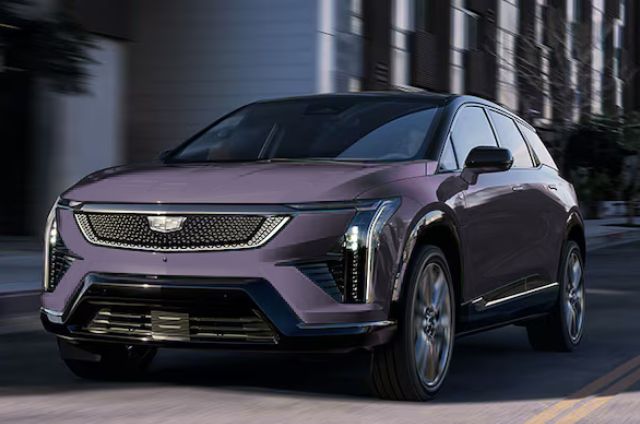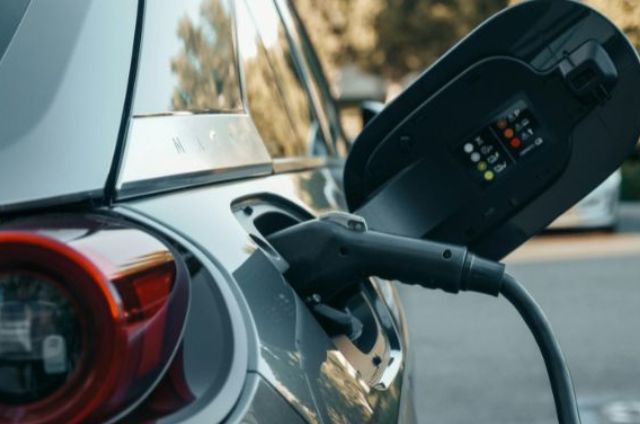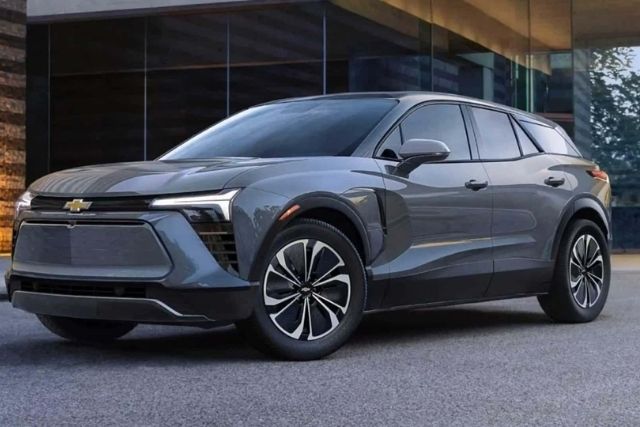A New Sound for a New Era
Electric vehicles are known for their near-silent operation — a refreshing change from the engine roar of combustion cars. But silence, while peaceful, poses safety challenges for pedestrians, especially in urban areas. To solve this, automakers now equip EVs with low-speed pedestrian warning sounds. These sounds help ensure that people — including those who are visually impaired — can hear a car coming, even when they can’t see it.
Designed for Safety, Not Volume
The sounds you hear at low speeds are not random. They’re carefully engineered to meet government regulations. In the U.S. and Europe, laws require EVs to emit sounds under about 18-20 mph to prevent low-speed accidents. These rules also define the frequency range to make sure people of all hearing abilities can detect them.
But here’s the fun part: automakers get to choose the tone. That’s why some EVs sound like futuristic spaceships, others like gentle chimes or sci-fi whispers. It’s not about being loud — it’s about being noticeable in a world full of distractions.
Personalization Meets Practicality
From the Chevrolet Bolt’s “choir of sci-fi angels” to the ID.4’s subtle mechanical hum, many owners are learning to appreciate — and even love — their EV’s unique acoustic identity. Some wish for more control, hoping for custom sounds like horse trots or Jetsons-style effects. While regulations prevent full customization today, manufacturers are exploring approved sound libraries that might add personality to future models.
Quiet, but Considerate
Electric vehicles represent a leap forward in design and sustainability. Adding sound may seem like a step backward, but it’s a creative adaptation to a real-world need. As EV technology evolves, expect smarter sound systems — ones that adapt to surroundings and minimize noise pollution while keeping everyone safe.
Final Thought
The future of EV sound is not just about compliance — it’s about crafting an acoustic experience that balances innovation, identity, and inclusive safety.



